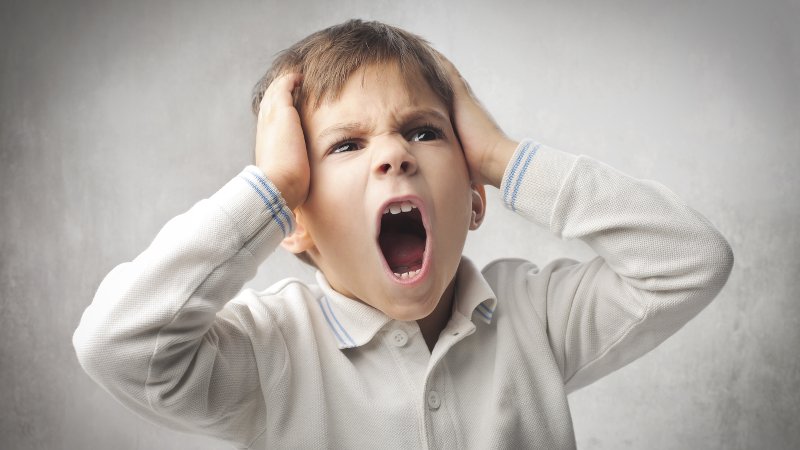
Autism: it is the epidemic that is rapidly affecting more and more families across the nation. Experts estimate that as of 2014 1 in 68 children in the U.S. will be diagnosed with autism. Males are four times more likely to have autism than females. The Autistic Spectrum Disorders (ASD) can often be reliably detected by the age of 3 years, and in some cases as early as 18 months. Studies suggest that many children eventually may be accurately identified by the age of 1 year or even younger.
What are the signs of Autism?
There are three distinctive behaviors that characterize autism. Autistic children have difficulties with social interaction, verbal and nonverbal communication, as well as repetitive behaviors or specific, obsessive interests. These behaviors can range in impact from mild to disabling.
The hallmark feature of autism is impaired social interaction. Parents are usually the first to notice symptoms of autism in their child. As early as infancy, a baby with autism may be unresponsive to people, not bond properly with parents, or focus intently on one item to the exclusion of others for long periods of time.
A child with autism may appear to develop normally and then withdraw and become indifferent to social engagement. Parents often report not being able to "connect" with their child. These children may fail to respond to their name and often avoid eye contact with other people. They have difficulty interpreting what others are thinking or feeling because they can't understand social cues, such as tone of voice or facial expressions, and therefore do not watch other people's eyes or faces for clues about appropriate behavior. They often lack empathy and are egocentric.
Many children with autism engage in repetitive movements such as rocking, twirling, and flapping or in what is thought to be self-abusive behavior such as biting or head-banging. These behaviors are often referred to as "stims". These stims are actually a way the child compensates for lack of proper sensory motor input. Autistic adults that are now able to communicate report that times of constant movement (stims), close/deep physical contact or when being wet (in shower or pools), as the only times they can actually "feel" themselves. It has also been reported that what we call stims is actually an autistic individual's way of interacting with his/her environment.
ASD children also tend to start speaking later than other children and may refer to themselves by name (in the third person) instead of "I" or "me." They are also often unable to play interactively with other children. Some speak in a sing-song voice, about a narrow range of favorite topics, with little regard for the interests of the person to whom they are speaking. Echolalia or echolalic speech may also be exhibited. Echolalia, of which there are two sub types, is the repetition of vocalizations made by another person. Immediate echolalia is when a word or phrase is immediately repeated. Delayed echolalia has been defined as the "echoing of a phrase after some delay or lapse of time".
A child with autism may exhibit increased or decreased sensitivity to pain, sound, touch, or other sensory stimulation. This often contributes to behavioral symptoms such as a resistance to being cuddled or hugged while others may crave such stimulation.
What causes Autism?
Although the specific causes of autism are of much debate, many researchers suspect that autism results from environmental influences on genetic expression. Most people believe that if something is genetic then it is our destiny or fate. This is for the most part untrue. Only a small percentage of our genes are un-modifiable; for example genes that code for eye or hair color. What many do not realize is that the majority of our genes are modifiable. These genes can turn on and off in reaction to environmental stimulation. For example, a person can carry a gene for lung cancer however may never develop this cancer unless exposed to a particular environmental influence such as cigarette smoke. The timing in which these environmental influences occur can play a critical role in whether or not a gene expresses itself.
Autism is a whole body disorder and needs to be addressed as such. Click here to learn more about our approach to this whole body disorder.
Research articles:
This following article shows thicker cortical development in the left brain of ASD children than the right brain. Published February 2012: http://www.springerlink.com/content/mwr7124414742672/
This study shows support for the use of anti-oxidant and glutathione supplementation in children with ASD. Also, it touches on the idea that an environmental insult can worsen the presentation of susceptible children. http://www.springerlink.com/content/kt7270522268j017/
If your child is having issues with Autistic tendencies, please contact our office to find out more about how we might be able to help.
